1. Taixiang W, Munro AJ, Guanjian L. Chinese medical herbs for chemotherapy side effects in colorectal cancer patients. Cochrane Database Syst Rev. 2005; (1):CD004540. PMID:
15674951.
2. Hien TT, White NJ. Qinghaosu. Lancet. 1993; 341:603–608. PMID:
8094838.

3. Bhakuni RS, Jain DC, Sharma RP, Kumar S. Secondary metabolites of Artemisia annua and their biological activity. Curr Sci India. 2001; 80:35–48.
4. de Vries PJ, Dien TK. Clinical pharmacology and therapeutic potential of artemisinin and its derivatives in the treatment of malaria. Drugs. 1996; 52:818–836. PMID:
8957153.

5. Efferth T. Willmar Schwabe Award 2006: antiplasmodial and antitumor activity of artemisinin--from bench to bedside. Planta Med. 2007; 73:299–309. PMID:
17354163.
6. Konkimalla VB, Blunder M, Korn B, Soomro SA, Jansen H, Chang W, Posner GH, Bauer R, Efferth T. Effect of artemisinins and other endoperoxides on nitric oxide-related signaling pathway in RAW 264.7 mouse macrophage cells. Nitric Oxide. 2008; 19:184–191. PMID:
18472018.
7. Ferreira JF, Luthria DL, Sasaki T, Heyerick A. Flavonoids from
Artemisia annua L. as antioxidants and their potential synergism with artemisinin against malaria and cancer. Molecules. 2010; 15:3135–3170. PMID:
20657468.
8. Lawrence T, Willoughby DA, Gilroy DW. Anti-inflammatory lipid mediators and insights into the resolution of inflammation. Nat Rev Immunol. 2002; 2:787–795. PMID:
12360216.

9. Kaplanski G, Marin V, Montero-Julian F, Mantovani A, Farnarier C. IL-6: a regulator of the transition from neutrophil to monocyte recruitment during inflammation. Trends Immunol. 2003; 24:25–29. PMID:
12495721.

10. Boscá L, Zeini M, Través PG, Hortelano S. Nitric oxide and cell viability in inflammatory cells: a role for NO in macrophage function and fate. Toxicology. 2005; 208:249–258. PMID:
15691589.

11. Ware CF. Network communications: lymphotoxins, LIGHT, and TNF. Annu Rev Immunol. 2005; 23:787–819. PMID:
15771586.

12. Halliwell B. Protection against tissue damage in vivo by desferrioxamine: what is its mechanism of action? Free Radic Biol Med. 1989; 7:645–651. PMID:
2695408.

13. Morrissey PA, O'Brien NM. Dietary antioxidants in health and disease. Int Dairy J. 1998; 8:463–472.

14. Alma MH, Mavi A, Yildirim A, Digrak M, Hirata T. Screening chemical composition and in vitro antioxidant and antimicrobial activities of the essential oils from
Origanum syriacum L. growing in Turkey. Biol Pharm Bull. 2003; 26:1725–1729. PMID:
14646179.
15. Pihlstrom BL, Michalowicz BS, Johnson NW. Periodontal diseases. Lancet. 2005; 366:1809–1820. PMID:
16298220.

16. Slots J, Reynolds HS, Genco RJ.
Actinobacillus actinomycetemcomitans in human periodontal disease: a cross-sectional microbiological investigation. Infect Immun. 1980; 29:1013–1020. PMID:
6968718.
17. Bolstad AI, Jensen HB, Bakken V. Taxonomy, biology, and periodontal aspects of Fusobacterium nucleatum. Clin Microbiol Rev. 1996; 9:55–71. PMID:
8665477.

18. Slots J, Ting M.
Actinobacillus actinomycetemcomitans and
Porphyromonas gingivalis in human periodontal disease: occurrence and treatment. Periodontol 2000. 1999; 20:82–121. PMID:
10522224.
19. van Steenbergen TJ, Bosch-Tijhof CJ, Petit MD, Van der Velden U. Intra-familial transmission and distribution of
Prevotella intermedia and
Prevotella nigrescens. J Periodontal Res. 1997; 32:345–350. PMID:
9210087.
20. Folin O, Denis W. On phosphotungastic-phosphomo-lybdic compounds as color ragents. J Biol Chem. 1912; 12:239–243.
21. Dhingra V, Rajoli C, Narasu ML. Partial purification of proteins involved in the bioconversion of arteannuin B to artemisinin. Bioresource Technol. 2000; 73:279–282.

22. Ferrari M, Fornasiero MC, Isetta AM. MTT colorimetric assay for testing macrophage cytotoxic activity
in vitro. J Immunol Methods. 1990; 131:165–172. PMID:
2391427.
23. Hatano T, Kagawa H, Yasuhara T, Okuda T. Two new flavonoids and other constituents in licorice root: their relative astringency and radical scavenging effects. Chem Pharm Bull (Tokyo). 1988; 36:2090–2097. PMID:
3240445.

24. Wikler MA. Clinical and Laboratory Standards Institute. Methods for dilution antimicrobial susceptibility tests for bacteria that grow aerobically; approved standard. 8th ed. Wayne, Pa: Clinical and Laboratory Standards Institute;2009.
25. Scannapieco FA. Periodontal inflammation: from gingivitis to systemic disease? Compend Contin Educ Dent. 2004; 25(7 Suppl 1):16–25. PMID:
15645883.
26. Tredwin CJ, Scully C, Bagan-Sebastian JV. Drug-induced disorders of teeth. J Dent Res. 2005; 84:596–602. PMID:
15972585.

27. Spencer AJ, Do LG. Changing risk factors for fluorosis among South Australian children. Community Dent Oral Epidemiol. 2008; 36:210–218. PMID:
18474053.

28. Ishiguro Y. Mucosal proinflammatory cytokine production correlates with endoscopic activity of ulcerative colitis. J Gastroenterol. 1999; 34:66–74. PMID:
10204613.

29. Ponchel F, Morgan AW, Bingham SJ, Quinn M, Buch M, Verburg RJ, Henwood J, Douglas SH, Masurel A, Conaghan P, Gesinde M, Taylor J, Markham AF, Emery P, van Laar JM, Isaacs JD. Dysregulated lymphocyte proliferation and differentiation in patients with rheumatoid arthritis. Blood. 2002; 100:4550–4556. PMID:
12393721.

30. Bouma G, Strober W. The immunological and genetic basis of inflammatory bowel disease. Nat Rev Immunol. 2003; 3:521–533. PMID:
12876555.

31. Klotz L, Schmidt M, Giese T, Sastre M, Knolle P, Klockgether T, Heneka MT. Proinflammatory stimulation and pioglitazone treatment regulate peroxisome proliferator-activated receptor gamma levels in peripheral blood mononuclear cells from healthy controls and multiple sclerosis patients. J Immunol. 2005; 175:4948–4955. PMID:
16210596.
32. Calder PC. n-3 polyunsaturated fatty acids, inflammation, and inflammatory diseases. Am J Clin Nutr. 2006; 83(6 Suppl):1505S–1519S. PMID:
16841861.

33. Kawasaki T, Fujimi S, Lederer JA, Hubbard WJ, Choudhry MA, Schwacha MG, Bland KI, Chaudry IH. Trauma-hemorrhage induces depressed splenic dendritic cell functions in mice. J Immunol. 2006; 177:4514–4520. PMID:
16982888.

34. Kovatcheva EG, Koleva II, Ilieva M, Pavlov A, Mincheva M, Konushlieva M. Antioxidant activity of extracts from Lavandula vera MM cell cultures. Food Chem. 2001; 72:295–300.
35. Ruberto G, Baratta MT, Biondi DM, Amico V. Antioxidant activity of extracts of the marine algal genus Cystoseira in a micellar model system. J Appl Phycol. 2001; 13:403–407.
36. Juteau F, Masotti V, Bessière JM, Dherbomez M, Viano J. Antibacterial and antioxidant activities of
Artemisia annua essential oil. Fitoterapia. 2002; 73:532–535. PMID:
12385883.
37. Cavar S, Maksimovic M, Vidic D, Paric A. Chemical composition and antioxidant and antimicrobial activity of essential oil of Artemisia annua L. from Bosnia. Ind Crop Prod. 2012; 37:479–485.
38. Kwamin F, Gref R, Haubek D, Johansson A. Interactions of extracts from selected chewing stick sources with
Aggregatibacter actinomycetemcomitans. BMC Res Notes. 2012; 5:203. PMID:
22537711.

39. Kanokwiroon K, Teanpaisan R, Wititsuwannakul D, Hooper AB, Wititsuwannakul R. Antimicrobial activity of a protein purified from the latex of
Hevea brasiliensis on oral microorganisms. Mycoses. 2008; 51:301–307. PMID:
18924261.
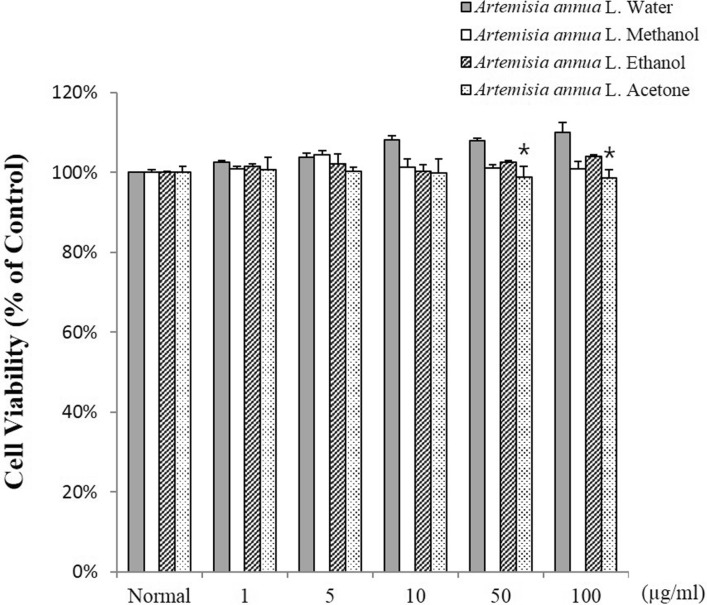
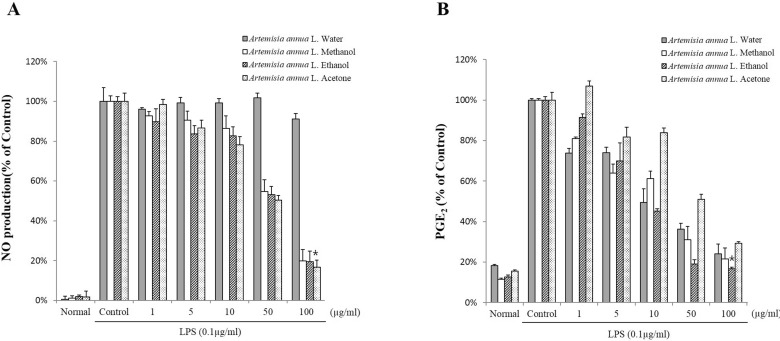
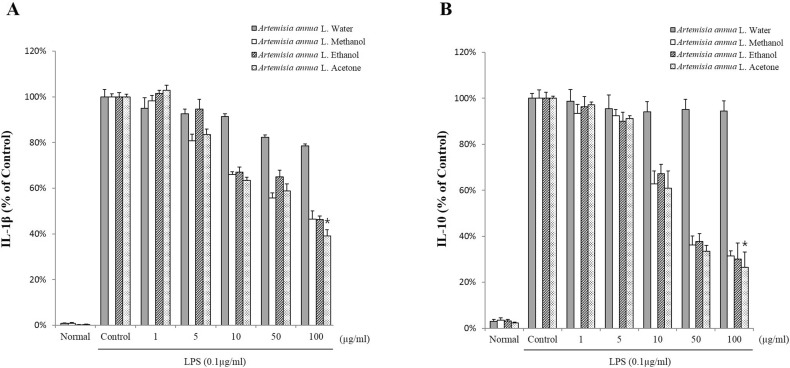




 PDF
PDF ePub
ePub Citation
Citation Print
Print


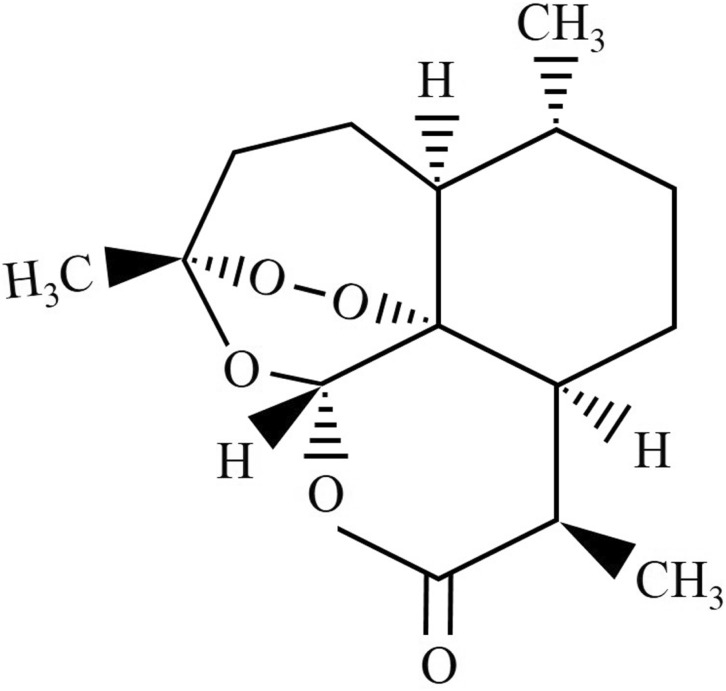

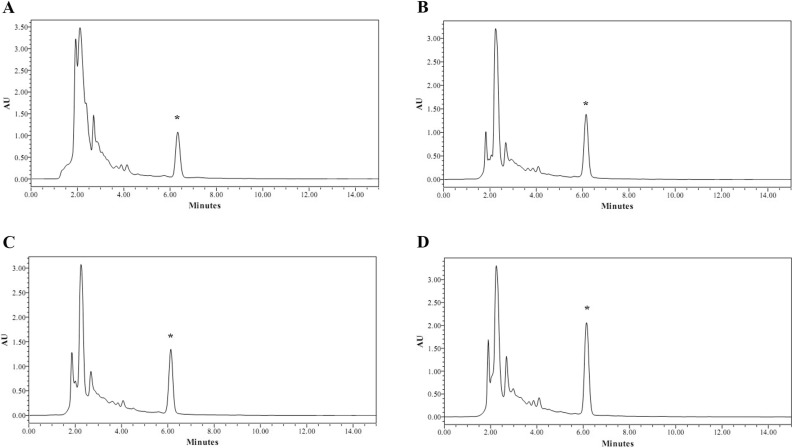



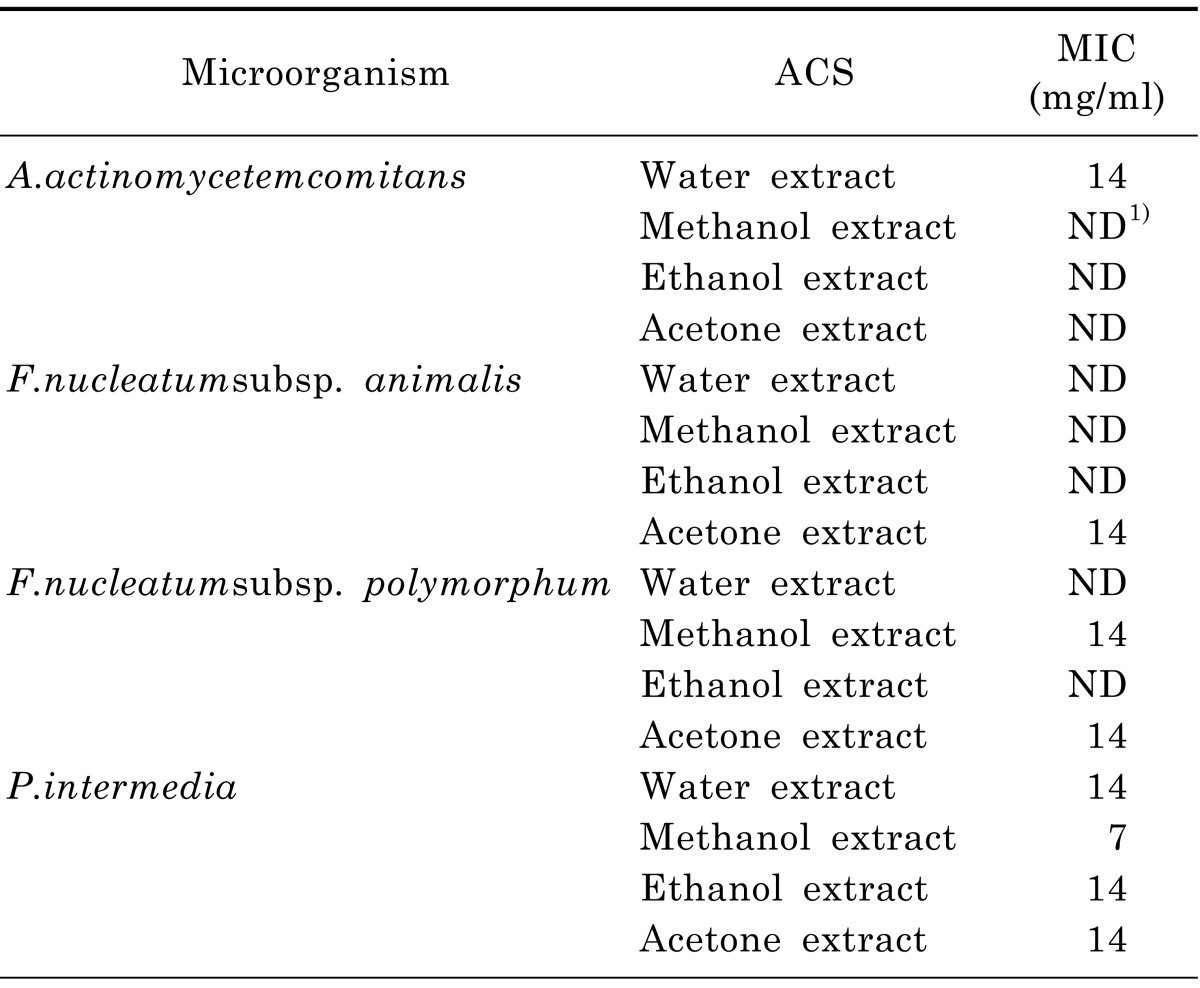
 XML Download
XML Download